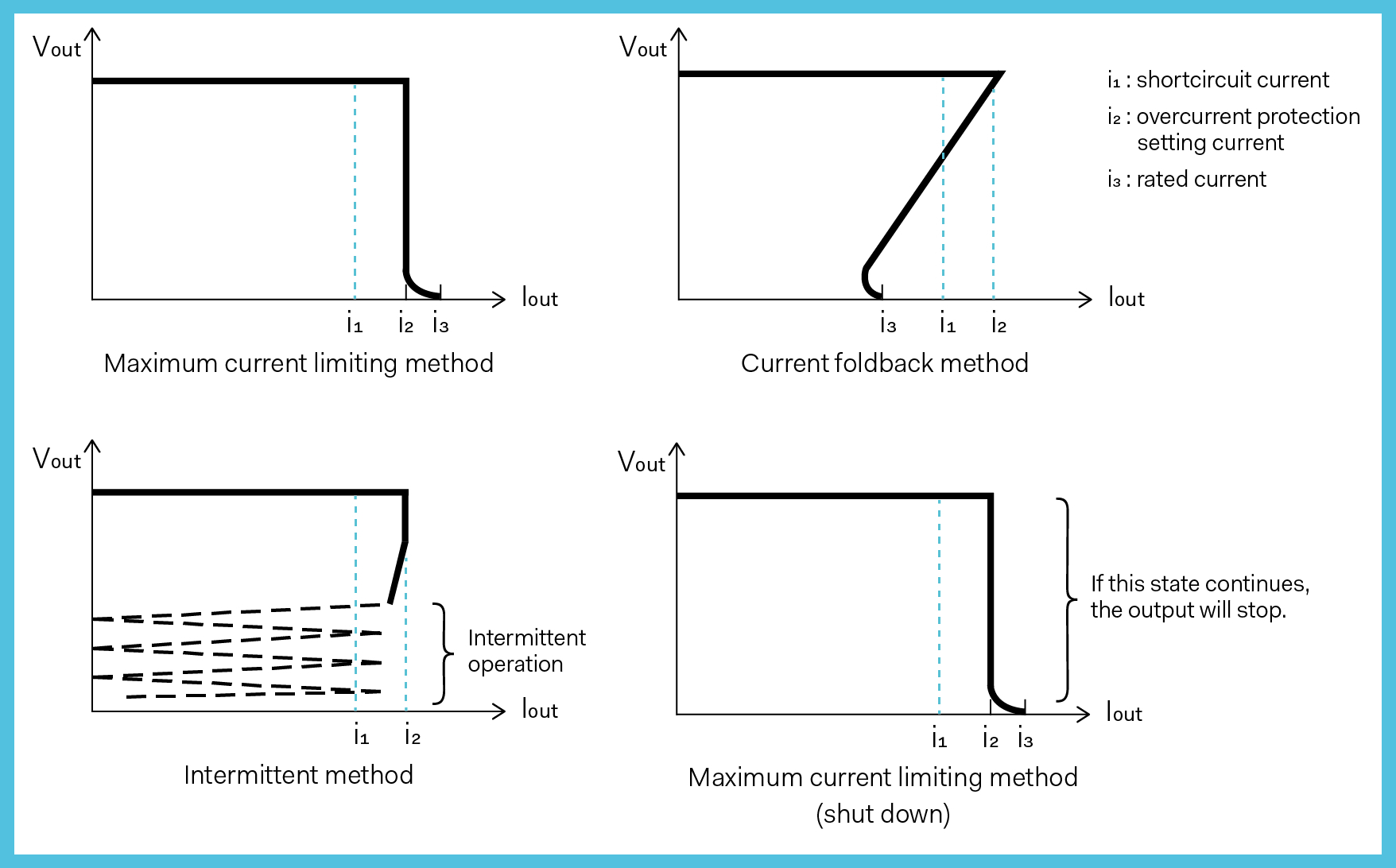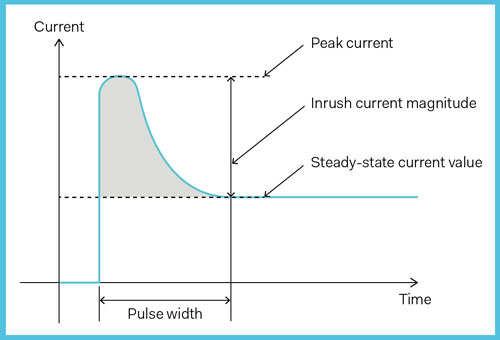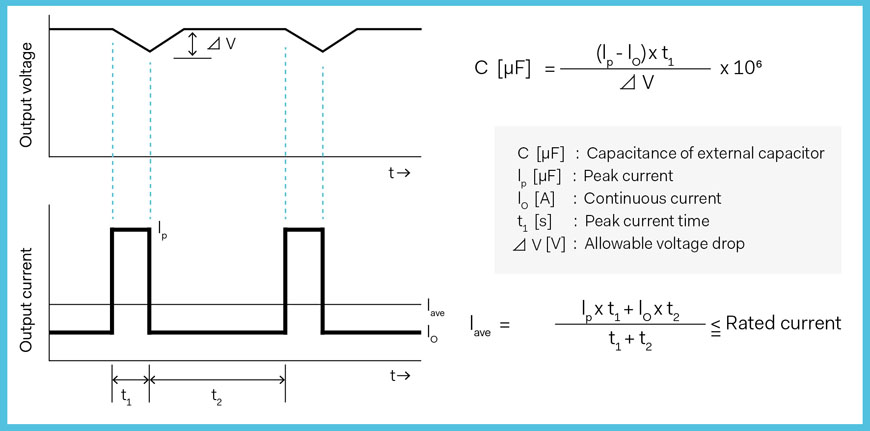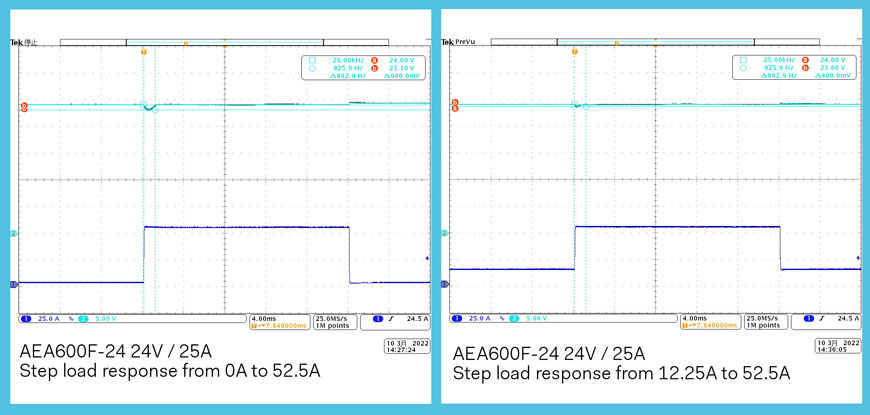Power supplies are everywhere, an essential part of all electronic equipment. Whether powered by battery or from the grid, there are as many power solutions as there are applications. From body sensors powered by harvested energy to high power systems for medical imageries such as MRI, medical power supplies, all have a common requirement to be safe, reliable and energy efficient. While the large majority of medical equipment requires conventional power supplies compatible with their operating environment, in effect running a marathon by delivering steady power day after day during their lifetime, there are certain categories of applications that require a power supply able to deliver peak power, either occasionally or repetitively. For these applications medical equipment manufacturers must consider a number of parameters to ensure that the power supply they select will be able to not only run a marathon but in certain specific applications be able to perform a sprint race without compromising safety, performance or reliability.
What to consider when a marathon requires sprint race performance?
While it is assumed for medical equipment manufacturers that a power supply must comply with safety standards (EN/IEC 60601-1), the output performance is very much dependent on the final equipment's load behavior. While in monitoring and supervising systems the power consumption remains relatively stable and easy to predict, in medical equipment such as medicalized beds, infusion pumps, assisted patient ventilation that includes DC motors, and electromechanical-switches behaving as inductive or capacitive loads, the power supply may at times have to deliver extra power for a period of few milliseconds to seconds (Figure 01). Though the duration time for peak power may be considered short compared to a normal operating time, it still needs to be seriously considered to avoid costly surprises.
 Figure 01 – Infusion pumps and typical peak load behavior (Source: PRBX/ Superstar-Shutterstock) |
In addition to the output voltage and power, the type of load will determine what factors are important for the system designer to consider. There are many possibilities and in some equipment the main power supply could power a variety of systems and sub-systems with different load profiles which is obviously more complex to address. To simplify, we will list four basic types of loads: inductive, capacitive, constant current, and nonlinear resistive. Each of them has a specific behavior requiring attention when selecting a power supply for each such applications.
Loads types in short:
Inductive load: Loads such as motors and electromagnetic switches (e.g., relays, magnet switches) with an inductive characteristic are referred to as inductive loads. At the moment of applying a voltage to a DC-motor, a current multiple times the rated value will flow through the load; while at the moment of cutting the voltage off, due to the inductive component of the load, a voltage of counter electromotive force E= -L× (di / dt) will be generated. Generally, when applying a voltage to an inductive load the power supply can sustain the energy required by the peak demand only up the limit of its overcurrent protection (OCP) function (Figure 02). Exceeding the limit, even if only for a very short time, can cause the power supply to stop. This is the reason why the peak load must be well defined in order to select an appropriate power supply with an overcurrent protection that allows the surge power for a definite time and sequence. Also, when turning the output voltage off, due to the counter electromotive force generated (in most cases, it is absorbed by the electrolytic capacitors in the power supply), the overvoltage protection circuit of the power supply may be triggered, and the power supply cease output. In this case measures such as including a reverse voltage protection diode should be exercised.
Capacitive load: A load with a capacitance component is called a capacitive load. For example, the capacitors inserted for the purpose of reducing the ripple voltage of the power supply, and capacitors used for coping with peak loads, etc. For this kind of load, at the moment of applying a voltage a very large charging current ipeak = (V/R) with R being the (parasitic) series resistance, will flow due to there being no charge in the capacitor. Although the power supply can detect and control the output voltage, if a large value capacitor (over several tens of thousands of microfarads) is inserted into the output side, such control may not be able to realize what is happening, and the output voltage may become unstable. It is important for system designers to consider the total amount of capacitance installed in their equipment and to verify the power supply's ability to deliver the required peak energy needed to efficiently charge the load which in some applications could be several Farads.
 Figure 02 – Typical overcurrent protection curves (Source: PRBX/ COSEL) |
Constant current load: A load where the current stays constant although the load voltage varies is called a constant current load, an example being LED lighting in surgical theaters. It is important to consider the type of overcurrent protection built into the power supply. If for example the overcurrent protection characteristic of the power supply is a current fold back type, the output voltage may not be able to rise (Figure 02). This is because the output voltage stabilizes on the drooping line of the overcurrent protection characteristic of the power supply from applying a voltage to reaching the rated voltage. Generally, by changing the overcurrent protection characteristic to a maximum current limiting type the problem can be solved.
Non Linear Resistive: Some equipment uses heating elements or lamps with filaments where the resistance changes when current flows through it. Though this warm up phase with a monotonic resistance change might only last for a short time, for the power supply it may look like a constant current exceeding the threshold value for its built-in overcurrent protection.
Overcurrent protection is a very important part of a power supply. It guarantees the power unit in the case of an excess power situation that may occur accidentally or as result of an equipment failure, will protect the equipment and will eventually flag the fault by way of a signal to the operator, e.g. a LED or a signal transmitted by the communication BUS.
Overcurrent protection overview
As previously explained, when the output current/power exceeds a defined limit, several types of damage could occur within the power supply or in the equipment being powered. Besides preventing the current from exceeding a rated value, the protection circuit also plays the role of limiting short circuit current. Depending on the type of application and specific system requirements, when OCP is activated a number of effects may result, the output could be switched off permanently with a manual reset, switched off temporarily with an automatic reset, or behave as a fixed, but safe level constant current (Figure 02).
 Figure 03 – Peak current at startup when charging capacitors (Source: PRBX) |
When a power supply or an electrical device is turned on, high initial current flows into the load, ramping up until it reaches a peak value. The main reason for this initial peak is to charge the large decoupling or smoothing capacitors within the power supply and final equipment. During this sequence, as the capacitors charge or devices come out of a cold state, the current increases very quickly from zero, rising all the way to the peak current and then decreasing gradually to the steady state current (Figure 03). During this period the power supply must deliver enough energy to charge the capacitors, and supply the required power to the load without activating the over-current protection (OCP) thus shutting down the output. Also, some loads might initially behave as a short-circuit and require the power supply not to go into protection mode. To accommodate this start-up sequence, power supplies are designed to allow a certain level of overcurrent, and it is common to set the OCP threshold at around 110% of the maximum rated value.
110% is good enough for the vast majority of applications though in the case of demanding medical equipment requiring peak power levels in the range of 200-300% for seconds, 110% will not suffice, requiring a power supply designed not only to deliver a high peak power, but to guarantee the highest reliability during the overall lifetime of the final equipment.
Running a marathon at sprint performance levels!
A simple way to guarantee the power supply will deliver enough energy when extra surge power is required is to choose a power unit rated for the maximum power required during the peak demand. For example, if the maximum steady power required by an apparatus is 500W and the peak is 1000W, then taking into consideration the operating conditions e.g., input voltage, environmental temperature, derating, etc., the system designer could consider a 1200W power supply as the most suitable solution.
This seems to be obvious, but is overkill when the peak is only happening occasionally. For example when a DC motor is activated for positioning a patient's bed then switched off and the power supply is again only powering the control system. Similarly this would be overkill for systems requiring repetitive peak loads for a limited time compared to steady state power.
Choosing a power supply for peak load applications requires one to evaluate the operating conditions during the lifetime of the equipment, and to take into consideration all aspects including size, weight and price. Buying a 1200W power supply, when peak load represents only a limited portion of the operation, might not be the best option.
Power supply manufacturers have developed power solutions able to deliver significant extra power in the range of twice nominal, or even more than the maximum rated, for a significant duration. This requires the power unit to be designed to host enough capacitors (Figure 04) but also to have a power-train able to sustain repetitive peak demands without over-heating or adversely affecting reliability.
 Figure 04 – Design equation to guarantee output capacitors to sustain required peak energy (Source: PRBX) |
As an example, consider the output voltage behavior of the COSEL 600W AEA600F series (Figure 05) when applying a peak load to the output. The tested product is a 600W rated power unit, delivering 24V at a nominal current of 25A. As presented in Figure 06, the power-train and output capacitors have been selected to sustain a peak power twice nominal for a duration of 1000 milliseconds. Two conditions are represented in Figure 06: From no load to 52.5A peak, and from 12.25A half-load to 52.5A peak. In both conditions, the voltage remains within the specified limits, and OCP is not shutting down the output.
 Figure 05 – COSEL 600W power supply for medical applications with peak load capacity up to 300% (Source: PRBX/COSEL/WHYFRAME-Shutterstock) |
 Figure 06 – COSEL AEA600F peak load test in two conditions (0 to 200% and 50% to 200% load) (Source: PRBX/COSEL) |
Conclusion
Running a marathon with sprint-race performance levels in medical power supplies is a reality, and while the great variety of applications require different types of power supplies, technology is making it easier for system designers to choose the right products for their applications. This is without mentioning the fantastic opportunities brought about by new technologies such as Wide Band Gap semiconductors, Supercapacitors, and digital control coming to the next generation of power supplies, and making power designers' lives so exciting.
References:
Powerbox (PRBX):
https://www.prbx.com/
|
Provided by Patrick Le Fèvre
|
 |
